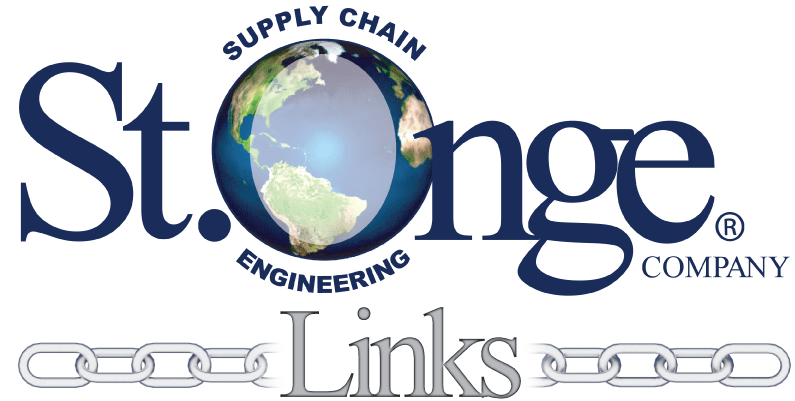 Strengthening your supply chain one link at a time.
Strengthening your supply chain one link at a time.
Throughout the 40 years of its existence, St Onge Company has designed thousands of different warehouses all over the world. From small warehouses to large warehouses and from completely manual to heavily automated. What many of these design projects have in common is that the first initial setup, the Base Case design, tends to be a more manually oriented and a more conventional technology focused design.
The question often asked is, “Why border spending so much time on a manual design?” Many companies often start a project with a clear vision that somehow involves cutting out costs and reducing labor to be competitive or improve margin. Many companies reduce labor, partly to achieve the first goal but secondly because they struggle with a tight labor market. It simply is too hard to find qualified people and keep them in the company. Often companies think there is a simple solution to achieve these goals: they need automation! They have seen a new technology at a tradeshow or they have watched a movie on the internet. With that perspective, spending time in developing a more manual operation seems a waste of time and budget. Afterall, it is clear what the solutions will be, isn’t it?
Yes, that is very understandable. There is a huge competition in today’s labor market and labor costs are growing faster than ever due to increased inflation and a tight labor market. However, technology as presented on fairs or in movies will always perform better there then in reality. The circumstances are ideal within the story that the vendor is telling. Of course, tradeshows and internet movies are great sources of information to find the latest and greatest that is out there on the market of warehouse automation. However, before this technology can be put in place, it is a smart strategy to clearly define if that specific technology is right for the operation, if it is right for the product portfolio, the order portfolio or the dynamics in the day to day operation. It would also be good to know about other technologies that are appropriate to the operation. Finally, it is important to define a proper business case around the selected technology.
Here is where the manual design is very useful. Through the process of analyzing the data, the current layout, reviewing the current way of working, applying the growth to the data, etc., great insights are gained into how the current operation works, and where its strengths and weaknesses are. Also, the requirements for the future design are now clearly written down. These insights then are used to define a baseline, typically a more manual design based on today’s way of working, enhanced with easy to implement improvements such as optimized layout, shorter travel distances, elimination of non-value-added tasks, etc. This design typically is easy to implement without too much training as the company already knows how to operate within this concept. It gives a clear insight into how much manual labor is maximumly required to complete all work on peak and average days with the least capital spending.
The manual design then gives key input to alternative designs that are more complex. It defines:
The manual design has all required functions. It therefore gives useful insights in what technology is suitable for the operation and what technology is not worth further exploration. Finally, the manual design gives a fair input into the business case of the automation. If the technology will save 25 FTE of today’s 50 FTE, but the manual design shows you that you can already save 10 FTE by a better manual operation, then the technology by itself will only save 15 FTE instead of 25. That will result in an entirely different business case and potentially lead to a very different decision. Besides, while automation is saving direct operational labor, it also adds the requirement for maintenance skill, IT workers, etc. These operators could even be harder to find in the market and are more expensive, possibly hurting the business case.
In conclusion, first making a decent manual design based on today’s known way of working will help to create a better automated design. It helps to define how much labor is maximumly required to run the operation and how much labor can truly be saved by automation. It will give a good insight into what automation does and what automation does not fit an operation and it will define the right business case to justify more advanced technology. Afterall, if your automated concept can still beat the very best manual design that you can come up with, then you know you are on to a real winner!
—Auke Nieuwenhuis, St. Onge Company